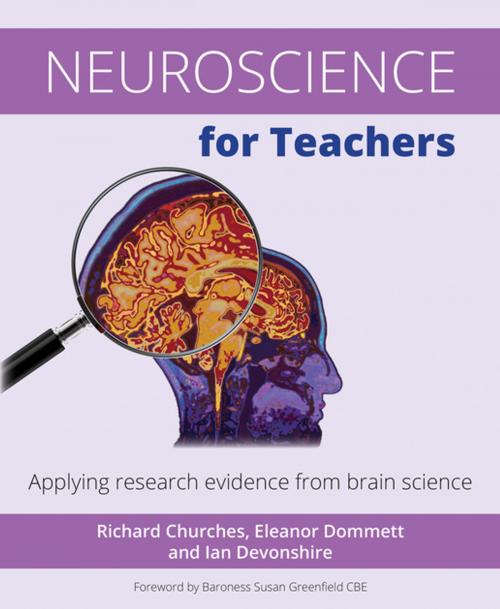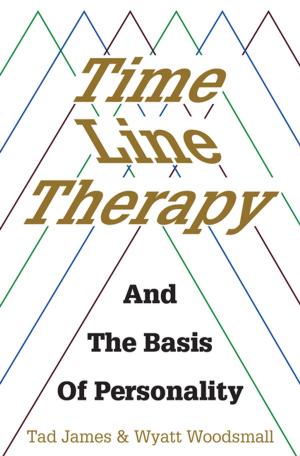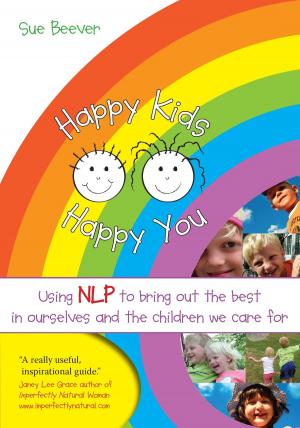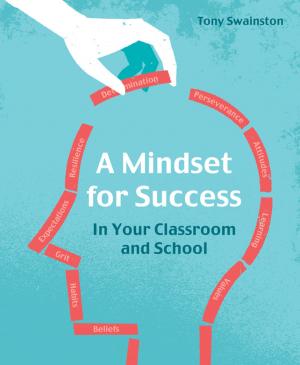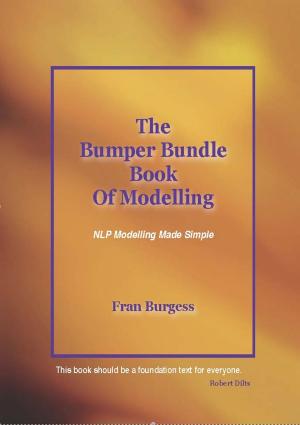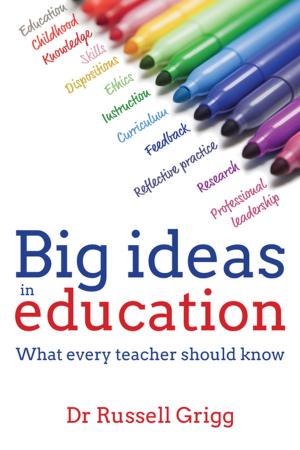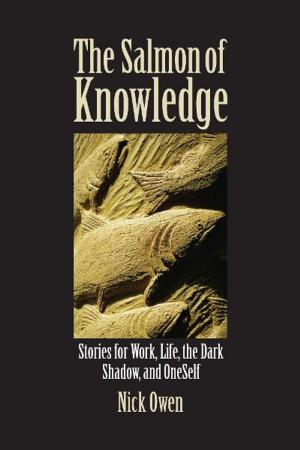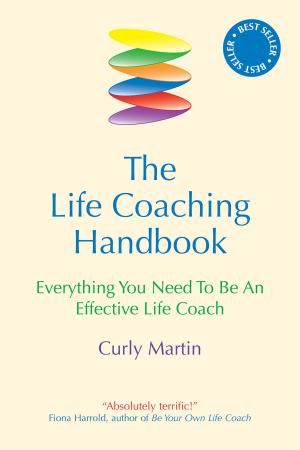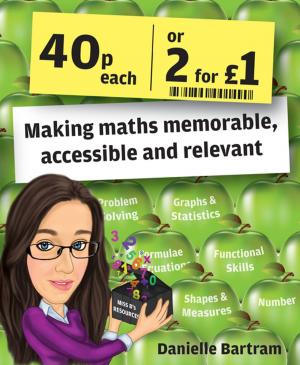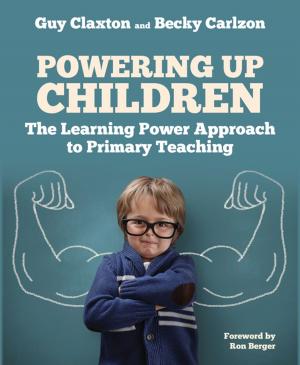Neuroscience for Teachers
Applying research evidence from brain science
Nonfiction, Reference & Language, Education & Teaching, Counseling & Guidance, Teaching, Teaching Methods| Author: | Richard Churches, Eleanor Dommett, Ian Devonshire | ISBN: | 9781785832789 |
| Publisher: | Crown House Publishing | Publication: | September 28, 2017 |
| Imprint: | Crown House Publishing | Language: | English |
| Author: | Richard Churches, Eleanor Dommett, Ian Devonshire |
| ISBN: | 9781785832789 |
| Publisher: | Crown House Publishing |
| Publication: | September 28, 2017 |
| Imprint: | Crown House Publishing |
| Language: | English |
Foreword by Baroness Susan Greenfield CBE. In Neuroscience for Teachers: Applying Research Evidence from Brain Science, Richard Churches, Eleanor Dommett and Ian Devonshire expertly unpack, in an easy-to-read and instantly useable way, what every teacher needs to know about the brain and how we really learn – and what that suggests for how they should teach. Everyone is curious about the brain – including your learners! Not only can knowing more about the brain be a powerful way to understand what happens when your pupils – and, of course, you – pick up new knowledge and skills, but it can also offer a theoretical basis for established or new classroom practice. And as the field of neuroscience uncovers more of nature’s secrets about the way we learn – and further augments what we already know about effective teaching – this book advocates more efficient pedagogies rooted in a better understanding and application of neuroscience in education. By surveying a wide range of evidence in specific areas such as metacognition, memory, mood and motivation, the teenage brain and how to cater for individual differences, Neuroscience for Teachers shares relevant, up-to-date information to provide a suitable bridge for teachers to transfer the untapped potential of neuroscientific findings into practical classroom approaches. The key issues, challenges and research are explained in clear language that doesn’t assume a prior level of knowledge on the topic that would otherwise make it inaccessible – therefore enabling more teachers to better comprehend the lessons from neuroscience – while the authors also take care to expose the ways in which ‘neuromyths’ can arise in education in order to help them avoid these pitfalls. Laid out in an easy-to-use format, each chapter features: ‘Research Zones’ highlighting particular pieces of research with a supplementary insight into the area being explored; ‘Reflection’ sections that give you something to think about, or suggest something you might try out in the classroom; and concluding ‘Next steps’ that outline how teachers might incorporate the findings into their own practice. The authors have also included a glossary of terms covering the book’s technical vocabulary to aid the development of teachers’ literacy in the field of neuroscience. Packed with examples and research-informed tips on how to enhance personal effectiveness and improve classroom delivery, Neuroscience for Teachers provides accessible, practical guidance supported by the latest research evidence on the things that will help your learners to learn better. Suitable for LSAs, NQTs, teachers, middle leaders, local authority advisers and anyone working with learners. Contents include: 1. Neuroscience in the classroom – principles and practice: getting started; 2. Learning and remembering: attention, learning and memory; 3. Metacognition: why it pays to teach your pupils how to think about how they think; 4. Emotions and learning: classroom climate, stress and motivation; 5. The individual in the classroom: what neuroscience can tell us about different abilities and some special educational needs in the classroom; 6. The adolescent brain: why teenagers behave like teenagers; 7. Surprises from cognitive psychology and neuroscience: why making things more difficult and less enjoyable for students in the short term can enhance long-term learning; 8. Concluding remarks: developing your scientific literacy and understanding of controlled research
Foreword by Baroness Susan Greenfield CBE. In Neuroscience for Teachers: Applying Research Evidence from Brain Science, Richard Churches, Eleanor Dommett and Ian Devonshire expertly unpack, in an easy-to-read and instantly useable way, what every teacher needs to know about the brain and how we really learn – and what that suggests for how they should teach. Everyone is curious about the brain – including your learners! Not only can knowing more about the brain be a powerful way to understand what happens when your pupils – and, of course, you – pick up new knowledge and skills, but it can also offer a theoretical basis for established or new classroom practice. And as the field of neuroscience uncovers more of nature’s secrets about the way we learn – and further augments what we already know about effective teaching – this book advocates more efficient pedagogies rooted in a better understanding and application of neuroscience in education. By surveying a wide range of evidence in specific areas such as metacognition, memory, mood and motivation, the teenage brain and how to cater for individual differences, Neuroscience for Teachers shares relevant, up-to-date information to provide a suitable bridge for teachers to transfer the untapped potential of neuroscientific findings into practical classroom approaches. The key issues, challenges and research are explained in clear language that doesn’t assume a prior level of knowledge on the topic that would otherwise make it inaccessible – therefore enabling more teachers to better comprehend the lessons from neuroscience – while the authors also take care to expose the ways in which ‘neuromyths’ can arise in education in order to help them avoid these pitfalls. Laid out in an easy-to-use format, each chapter features: ‘Research Zones’ highlighting particular pieces of research with a supplementary insight into the area being explored; ‘Reflection’ sections that give you something to think about, or suggest something you might try out in the classroom; and concluding ‘Next steps’ that outline how teachers might incorporate the findings into their own practice. The authors have also included a glossary of terms covering the book’s technical vocabulary to aid the development of teachers’ literacy in the field of neuroscience. Packed with examples and research-informed tips on how to enhance personal effectiveness and improve classroom delivery, Neuroscience for Teachers provides accessible, practical guidance supported by the latest research evidence on the things that will help your learners to learn better. Suitable for LSAs, NQTs, teachers, middle leaders, local authority advisers and anyone working with learners. Contents include: 1. Neuroscience in the classroom – principles and practice: getting started; 2. Learning and remembering: attention, learning and memory; 3. Metacognition: why it pays to teach your pupils how to think about how they think; 4. Emotions and learning: classroom climate, stress and motivation; 5. The individual in the classroom: what neuroscience can tell us about different abilities and some special educational needs in the classroom; 6. The adolescent brain: why teenagers behave like teenagers; 7. Surprises from cognitive psychology and neuroscience: why making things more difficult and less enjoyable for students in the short term can enhance long-term learning; 8. Concluding remarks: developing your scientific literacy and understanding of controlled research
